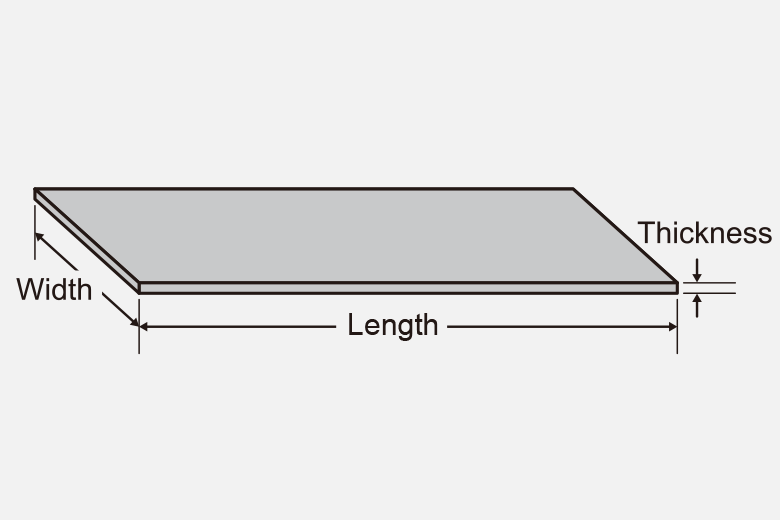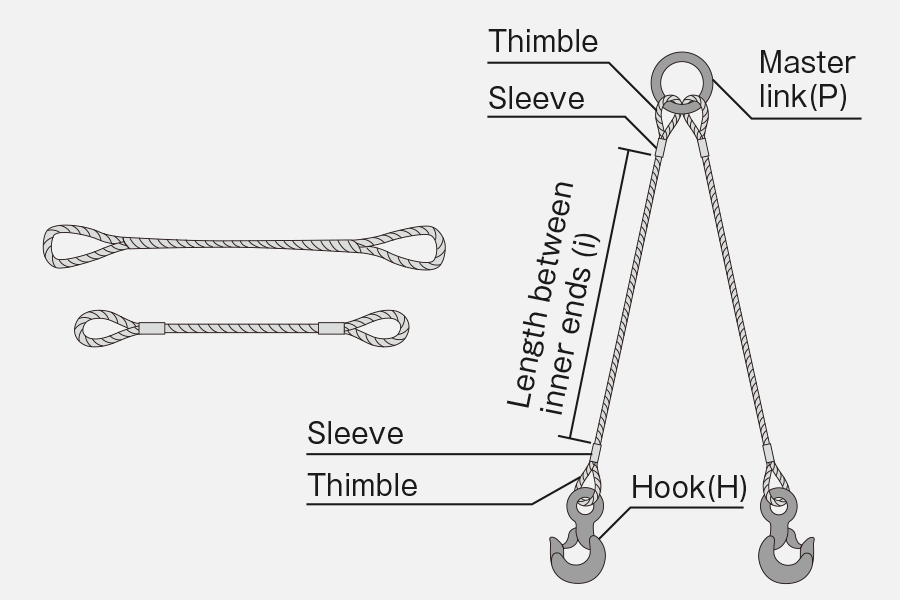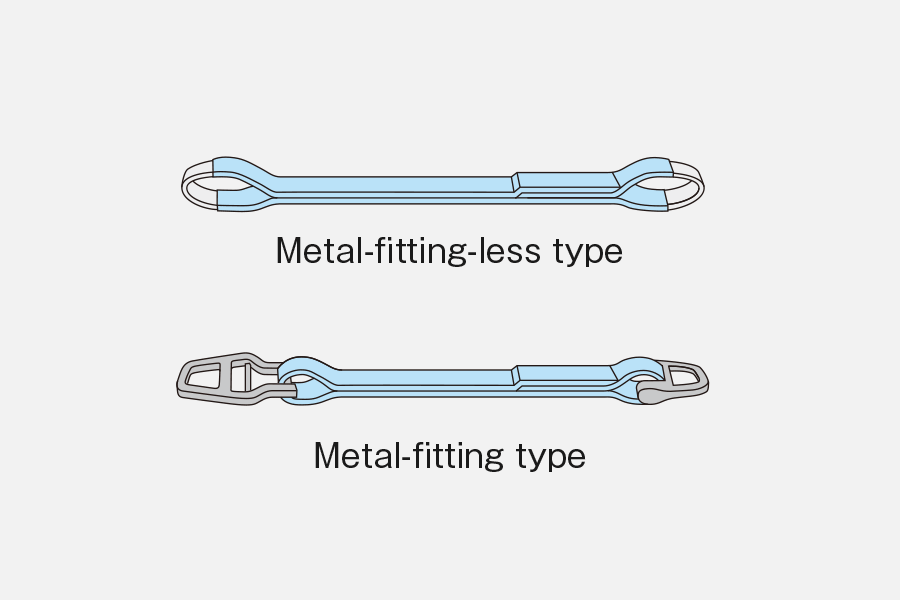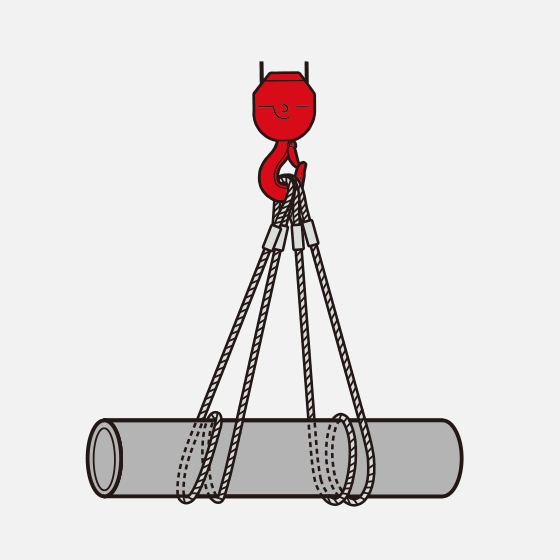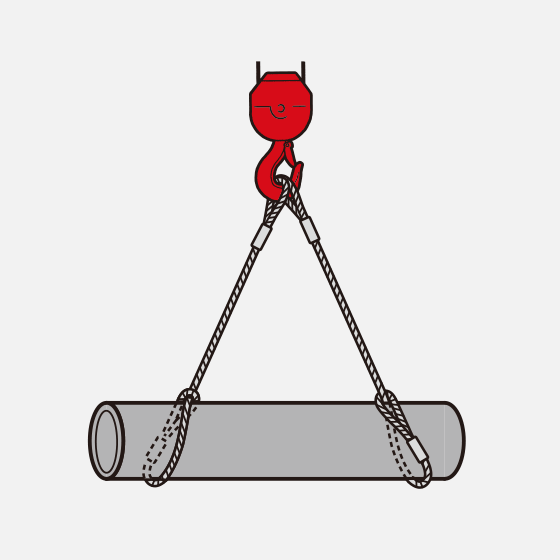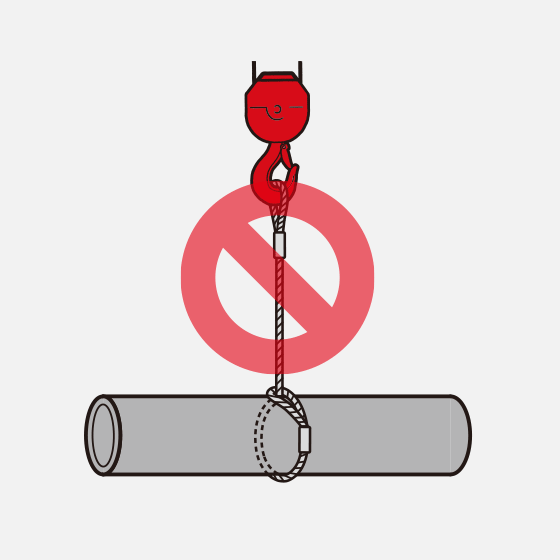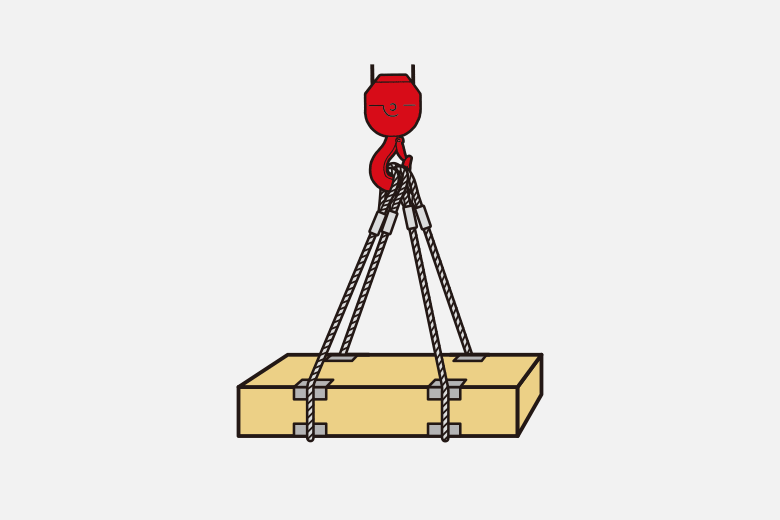1. Measuring mass
If the mass of a load is unknown, calculate a rough estimate by visually checking the material and dimensions of the load.
As this method is prone to have a margin of error, it is important to overestimate mass.
Examples of calculating a rough estimate are as follows.
Square steel (one meter long)
Mass (in kg) → Width (in cm) × Height (in cm) × Length (in cm) × 7.85 (g/cm3)
(7.85 is the density of the steel. You can find density of the material online.)
(Example)
Width 10 cm × Height 10 cm × Length 100 cm × 7.85 g/cm3 = 78,500 g
= 78.5 kg
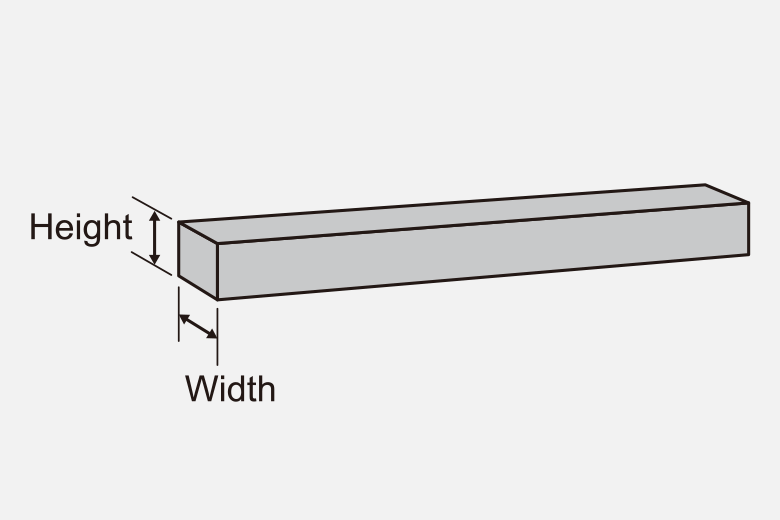
Round steel (one meter long)
Mass (in kg) → Radius (in cm) × Radius (in cm) × 3.14 × Length (in cm) ×7.85 (g/cm3)
(3.14 is the circular constant.)
(Example)
Radius 5 cm × Radius 5 cm × 3.14 × Length 100 cm ×7.85 g/cm3 = 61,622 g
= 61.6 kg
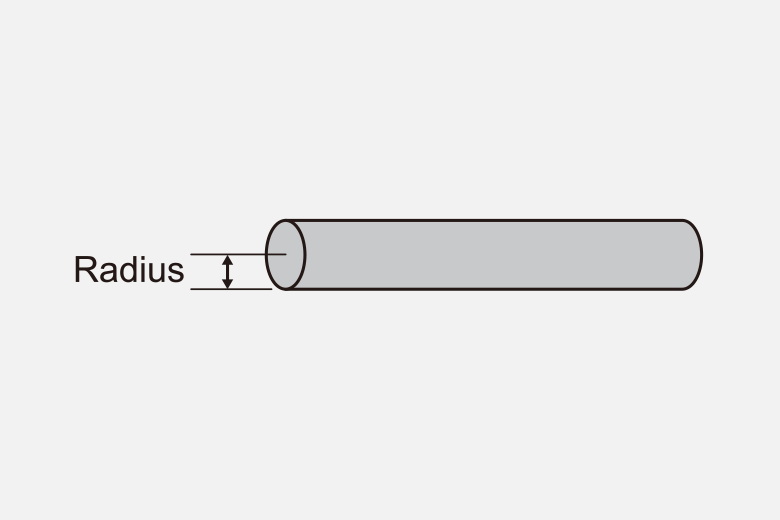
Steel pipe (one meter long)
Mass (in kg) → {Outer radius (in cm) × Outer radius (in cm) − Inner radius (in cm) × Inner radius (in cm) } × 3.14 × Length (in cm) × 7.85 (g/cm3)
(Example)
(Outer radius 5 cm × Outer radius 5 cm − Inner radius 3 cm × Inner radius 3 cm ) × 3.14 × Length 100 cm × 7.85 g/cm3 = 39,438 g
= 39.4 kg
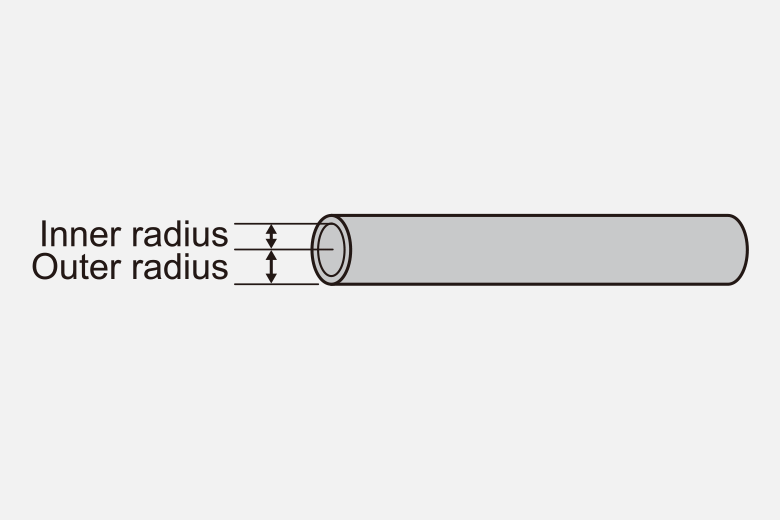
Steel plate
Mass (in kg) → Width (in cm) × Length (in cm) × thickness (in cm) × 7.85 (g/cm3)
Width 100 cm × Length 100cm × thickness 1 cm × 7.85 g/cm3 = 78,500 g
= 78.5 kg
